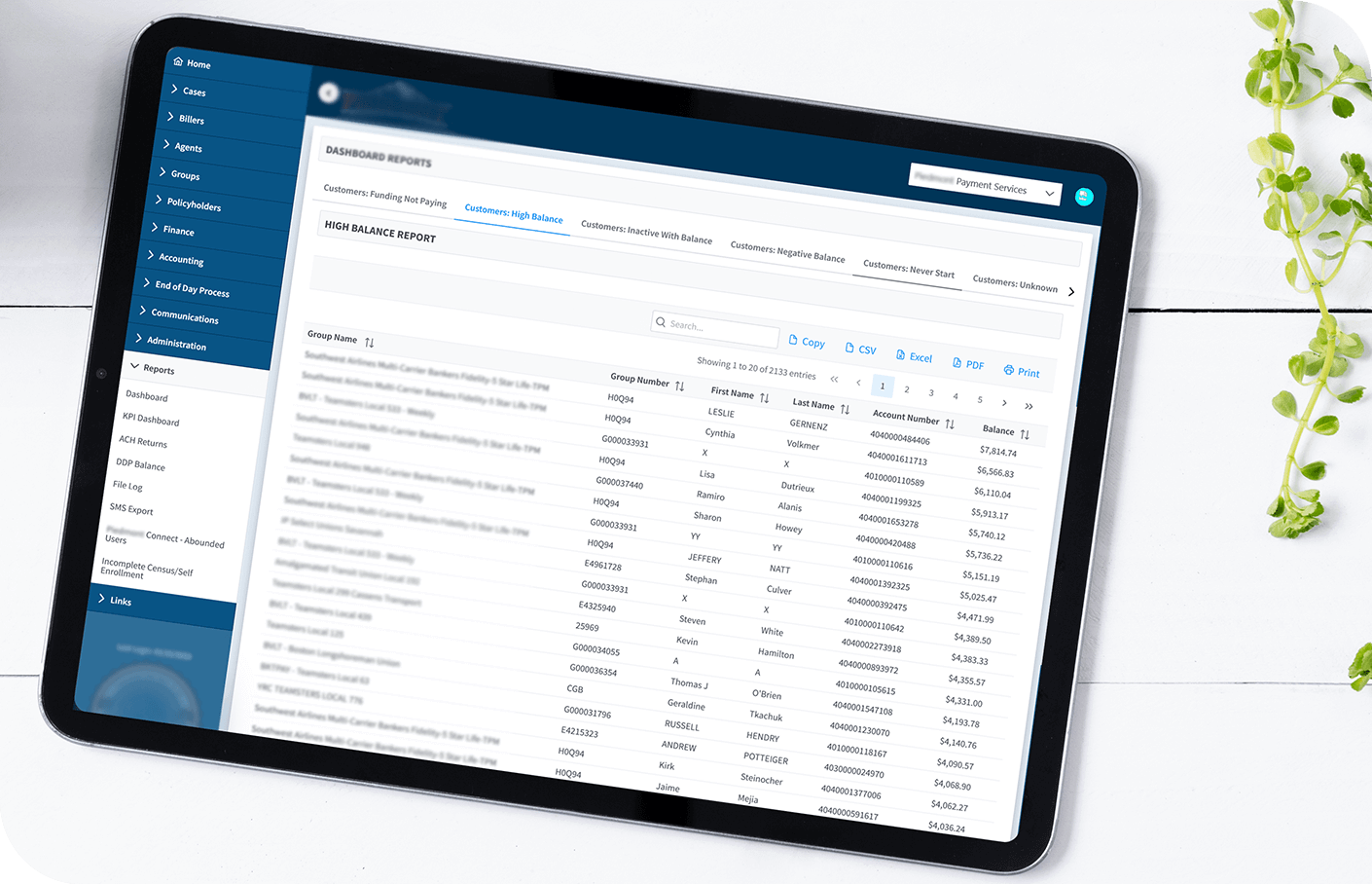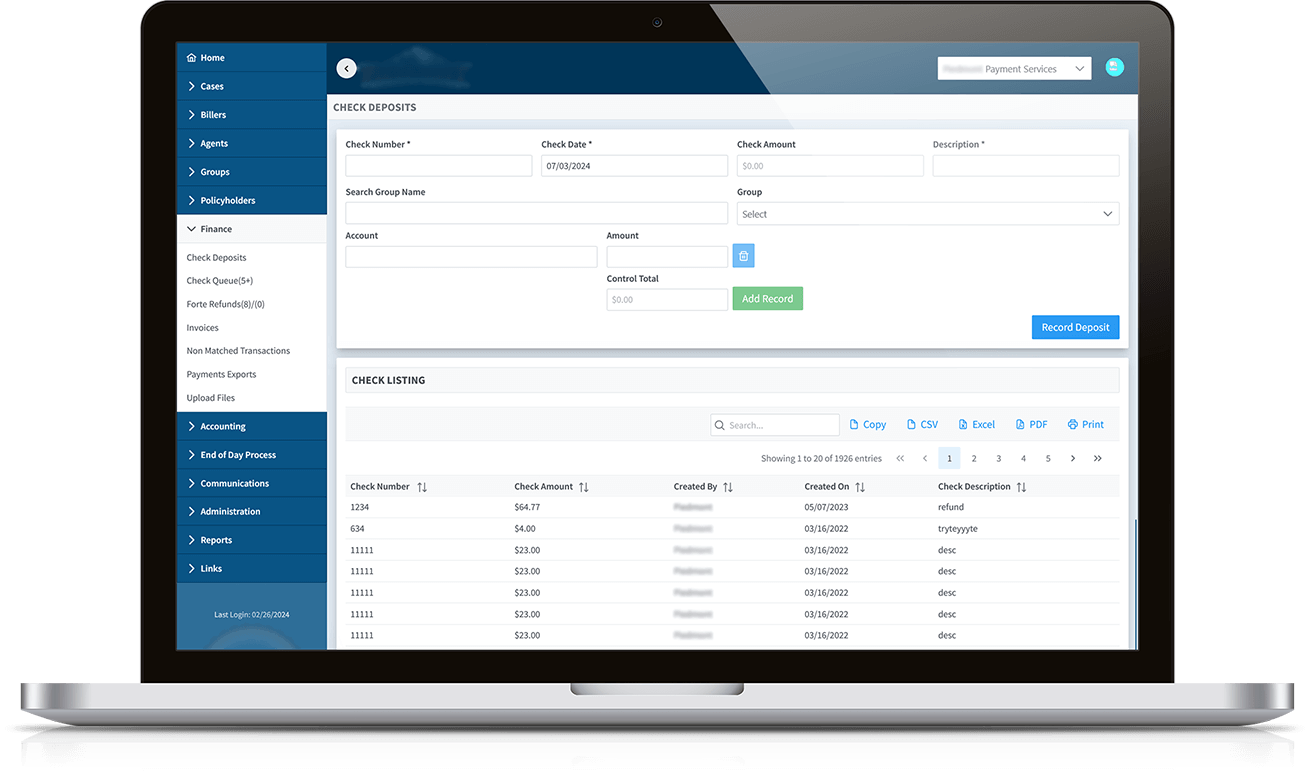In the bustling fintech landscape of Columbus, Georgia, a forward-thinking company has redefined bill payments management through a comprehensive legacy modernization initiative. This success story highlights how transforming their outdated monolithic system into a cutting-edge, microservices-based architecture revolutionized their operations and market position.
Challenges Faced
Our client, a trailblazer in bill payments management, faced a critical juncture in their growth trajectory. Their existing monolithic application,
while functional, was holding them back from realizing their full potential. Key issues included:
- Limited Scalability: The monolithic architecture struggled to accommodate growing user demands and new feature integrations.
- Technological Debt: Outdated code and infrastructure were becoming increasingly difficult and costly to maintain.
- User Experience Limitations: The legacy UI was falling short of modern user expectations, potentially impacting customer satisfaction and retention.
- Integration Hurdles: Connecting with new financial systems and third-party services was becoming increasingly complex.
- Performance Bottlenecks: The monolithic structure was causing performance issues, especially during peak transaction periods.

Solutions Offered
We embarked on a comprehensive modernization strategy, focusing on:
Microservices Architecture: We decomposed the monolithic application into a suite of microservices, each responsible for specific business
functions such as user management, payment processing, and reporting.
Modern UI Overhaul: We developed a sleek, intuitive user interface using modern front-end technologies,
ensuring a seamless and responsive user experience across devices.
API-First Approach: We implemented a robust API layer to facilitate easy
integration with various financial systems, suppliers, and third-party services.
Cloud Migration: We transitioned the infrastructure to a cloud-based environment,
leveraging containerization for improved scalability and resource management.
DevOps Implementation: We introduced CI/CD pipelines and automated testing to accelerate development cycles and ensure code quality.
Data Migration and Optimization: We carefully migrated existing data to a more efficient,
cloud-native database structure, optimizing for performance and scalability.

Results
The legacy modernization initiative yielded transformative outcomes:
- Enhanced Scalability: The microservices architecture allowed for independent scaling of different components, easily handling increased transaction volumes and user growth.
- Improved Agility: Development teams could now work on different services simultaneously, dramatically reducing time-to-market for new features.
- Superior User Experience: The modern UI significantly boosted user satisfaction, leading to increased customer retention and acquisition.
- Seamless Integrations: The API-first approach facilitated easy connections with clients, suppliers, and various financial systems, expanding the platform's ecosystem.
- Optimized Performance: The cloud-native infrastructure and optimized data management resulted in faster transaction processing and improved overall system responsiveness.
- Cost Efficiency: Despite the initial investment, the modernized system reduced long-term operational costs through improved efficiency and reduced maintenance needs.
- Future-Proofing: The new architecture positioned the company to easily adopt emerging technologies and adapt to evolving market needs.
- Enhanced Security: The modernization allowed for implementation of state-of-the-art security measures, crucial for maintaining trust in financial transactions.

Conclusion
This success story exemplifies the transformative power of legacy modernization in the fintech sector. By boldly overhauling their core systems, our client not only solved
immediate technical challenges but also positioned themselves at the forefront of bill payments innovation.
The journey from a monolithic application to a modern, microservices-based architecture has enabled the company to offer unparalleled service in connecting clients and suppliers, streamlining transactions, and ensuring timely fund availability. It stands as a testament to the importance of
technological adaptation in maintaining a competitive edge in the fast-paced world of financial technology.
For other fintech companies facing similar legacy system challenges, this case study serves as an inspiring blueprint for successful digital transformation. It demonstrates how embracing modern architectures and development practices can lead to enhanced operational efficiency, improved customer experiences,
and sustained business growth in the dynamic fintech landscape.
Technologies
-
-
 php
php
-
 angular
angular
-
 mysql
mysql